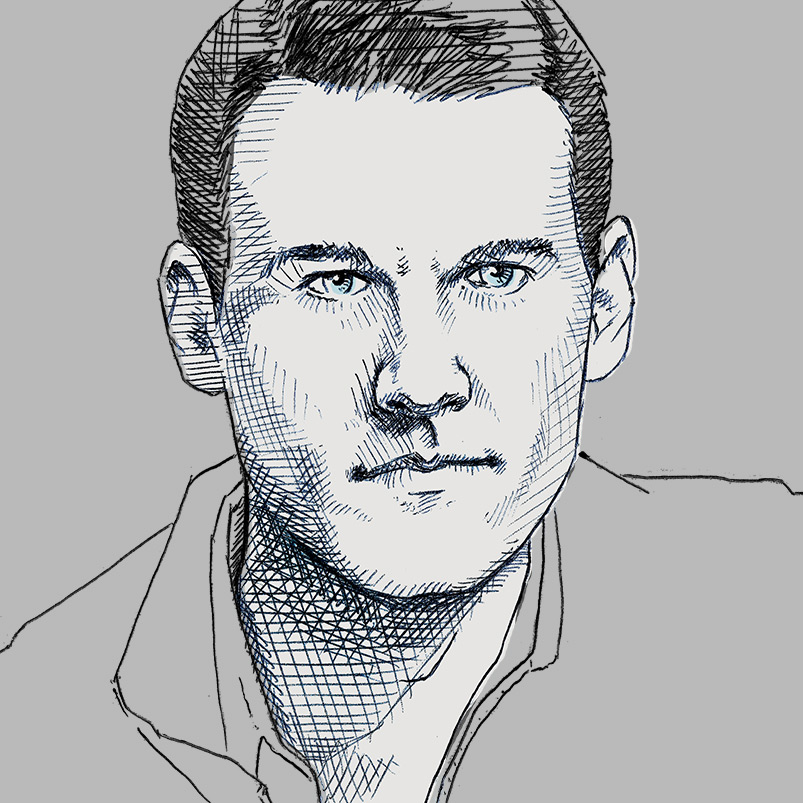3D-Scanned Customized Protection by Bell Helmets
Customized for the perfect fit and heightened safety on (and off) the streets

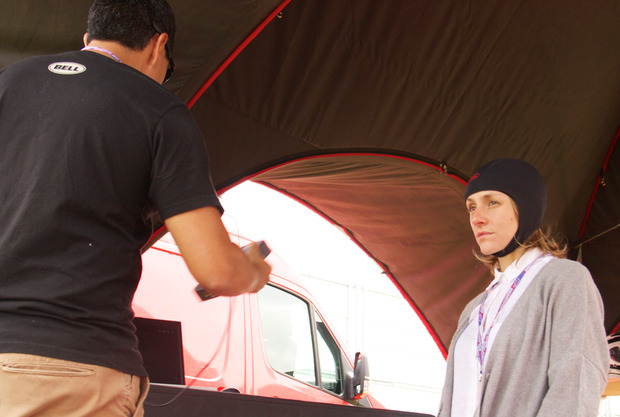
Bell Helmets, the all-American helmet company—has spent the last 60 years protecting racers and enthusiasts from head injuries. In various disciplines ranging from self-powered to gas-powered sports, Bell has positioned itself at the forefront of helmet technology. Now the company is taking “custom fit” to a whole new level with their new 3D imaging which conforms helmets to each customer’s unique head shape. This process takes just a few minutes and ensures a perfect fit by capturing the shape of a rider’s entire head using the latest scanning technology.
Bell’s goal was to make a customization program that could be used for all riders and cost less than $1,000. The company spent over a quarter million dollars in R&D to create the system with the goal to make a comfortable helmet with uniform contact using energy management material. “Every head is asymmetrical,” says Mike Lowe, Bell’s Vice President of Power Product Creation, but until now standard helmets have been symmetrical and come in set sizes. If these sizes don’t fit correctly, padding was added—or taken out. “It is a big misconception that more pads make for a better fit; they are actually less stable,” says Lowe. “With time, the thicker padding will sag out or lose shape.”
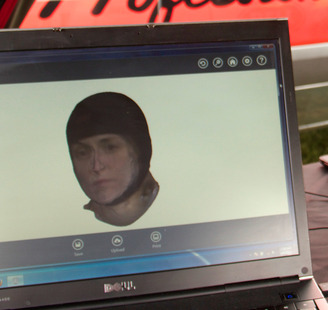
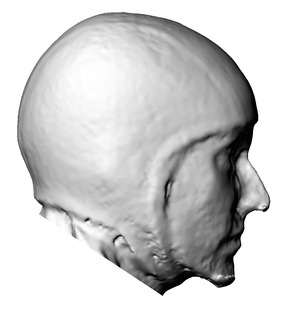
Older methods of custom measuring involved tape measure readings that only covered the circumference of the head—not giving an accurate measurement of a person’s entire head. Sight lines are also an important consideration, and Bell’s custom fit not only nests the head in a helmet, but “can position the head for the best field of view.”
To promote the new technology, Bell has deployed a van outfitted with the 3D scanner. Its team has been traveling the country, from race-to-race, measuring riders for helmets. For street and track helmets, the rider first puts on a “head sock” made of thin neoprene. (It’s a rather tight fit and looks a little like a surf cap.) Then the rider sits in a chair not dissimilar from a barber’s. Next, one of Bell’s custom fit technicians holds up a scan device and after taking an initial scan, the real scan begins—for which the chair rotates while the handle reads the rider’s head. Within seconds, the rider’s shape appears on the computer screen, and the scan is done.
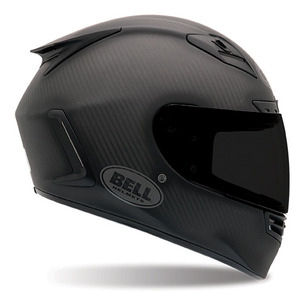
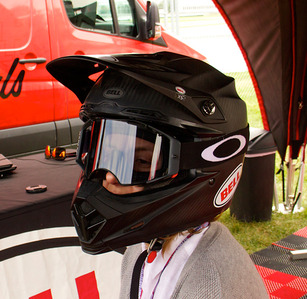
Bell can also fit dirt helmets that have an opening for goggles. The scan is just done on the opening and follows the eye socket line to create the most optimal amount of peripheral vision. The data is then given to Bell, who produce the helmet within four to six weeks. Lowe and his team follow up with each customer, making sure that they’re satisfied and understand that parts of their “crooked bumpy head have never felt a helmet there before and might feel weird at first,” laughs Lowe.
The 3D system will launch locally at retailers near Bell‘s headquarters in the San Francisco Bay Area, with other dealers rolling out the program around the US throughout 2014. Bell is currently in the validation testing for ski, snowboard and bicycle custom helmets.
Images courtesy of Bell Helmets

